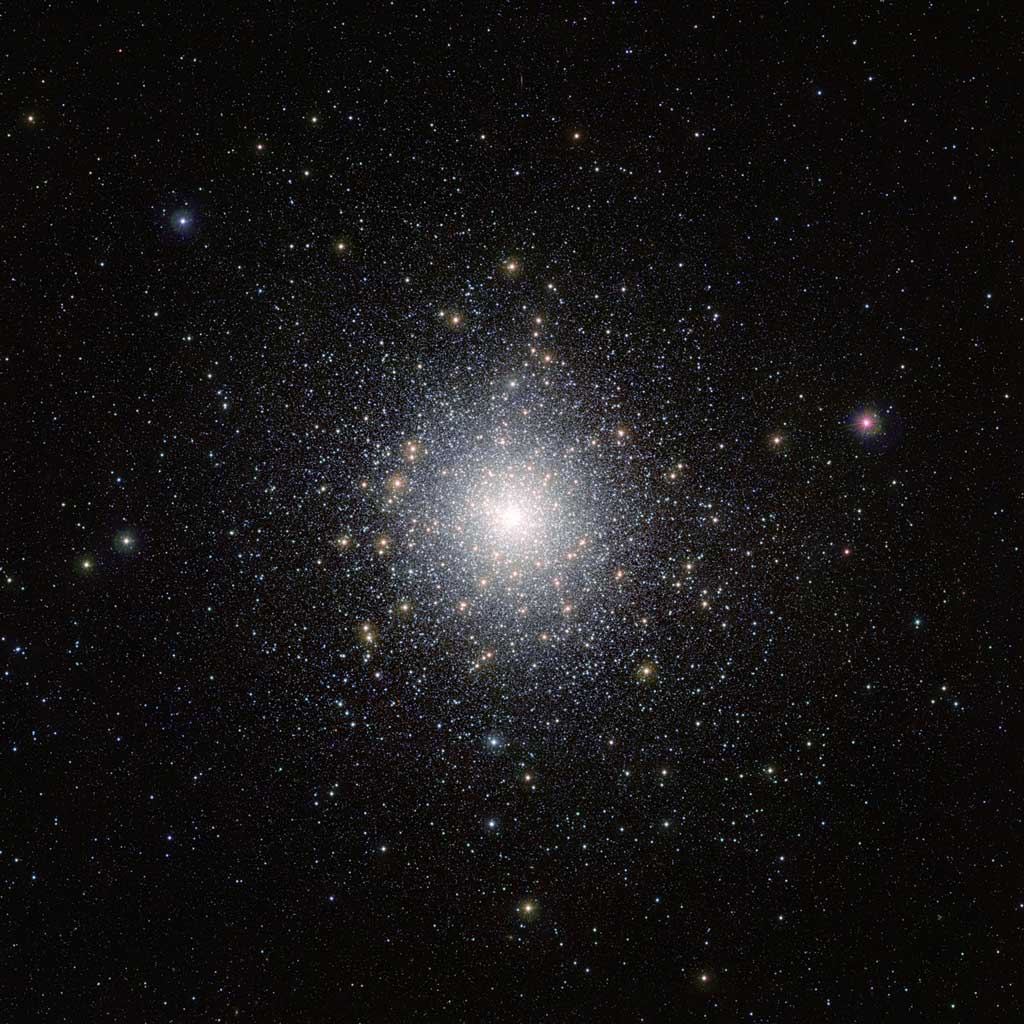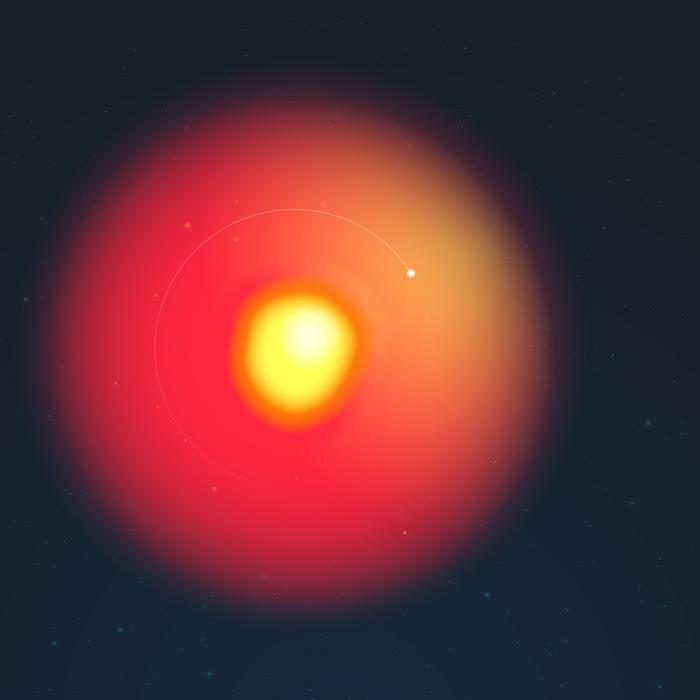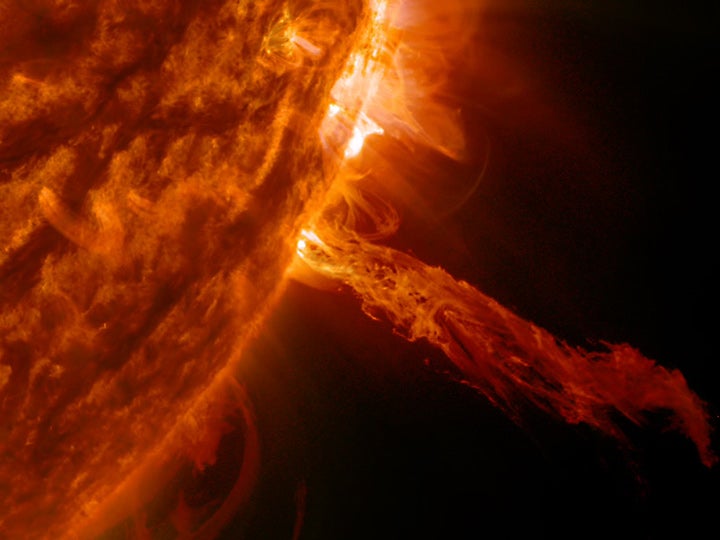Globular clusters are vast spherical clouds of old stars bound together by gravity. They are found circling the cores of galaxies, as satellites orbit Earth. These star clumps contain little dust and gas — it is thought that most of it has been either blown from the cluster by winds and explosions from the stars within or stripped away by interstellar gas interacting with the cluster. Any remaining material coalesced to form stars billions of years ago.
These globular clusters spark a considerable amount of interest for astronomers — 47 Tucanae, otherwise known as NGC 104, is a huge, ancient globular cluster about 15,000 light-years away, and it is known to contain many bizarre and interesting stars and systems.
Located in the southern constellation Tucana the Toucan, 47 Tucanae orbits our Milky Way. At about 120 light-years across, it is so large that, despite its distance, it looks about as big as the Full Moon. Hosting millions of stars, it is one of the brightest and most massive globular clusters known and is visible to the naked eye. In among the swirling mass of stars at its heart lie many intriguing systems, including X-ray sources, variable stars, vampire stars, unexpectedly bright “normal” stars known as blue stragglers, and tiny objects known as millisecond pulsars — small dead stars that rotate astonishingly quickly.
Red giants, stars that have exhausted the fuel in their cores and swollen in size, are scattered across this VISTA image and are easy to pick out, glowing deep amber against the bright white-yellow background stars. The densely packed core is contrasted against the more sparse outer regions of the cluster, and in the background, huge numbers of stars in the Small Magellanic Cloud are visible.
This image was taken using ESO’s VISTA as part of a survey of the region of the Magellanic Clouds, two of the closest known galaxies to us. 47 Tucanae, although much closer than the Clouds, lies in the foreground of the Small Magellanic Cloud and was snapped during the survey.
VISTA is the world’s largest telescope dedicated to mapping the sky. This infrared telescope with its large mirror, wide field of view, and sensitive detectors is revealing a new view of the southern sky. Using a combination of sharp infrared images — such as the VISTA image above — and visible-light observations allows astronomers to probe the contents and history of objects like 47 Tucanae in great detail.









![Albireo (Beta [β] Cygni) is a classic example of a double star with contrasting colors.](https://www.astronomy.com/uploads/2024/08/Albireo.jpg)
